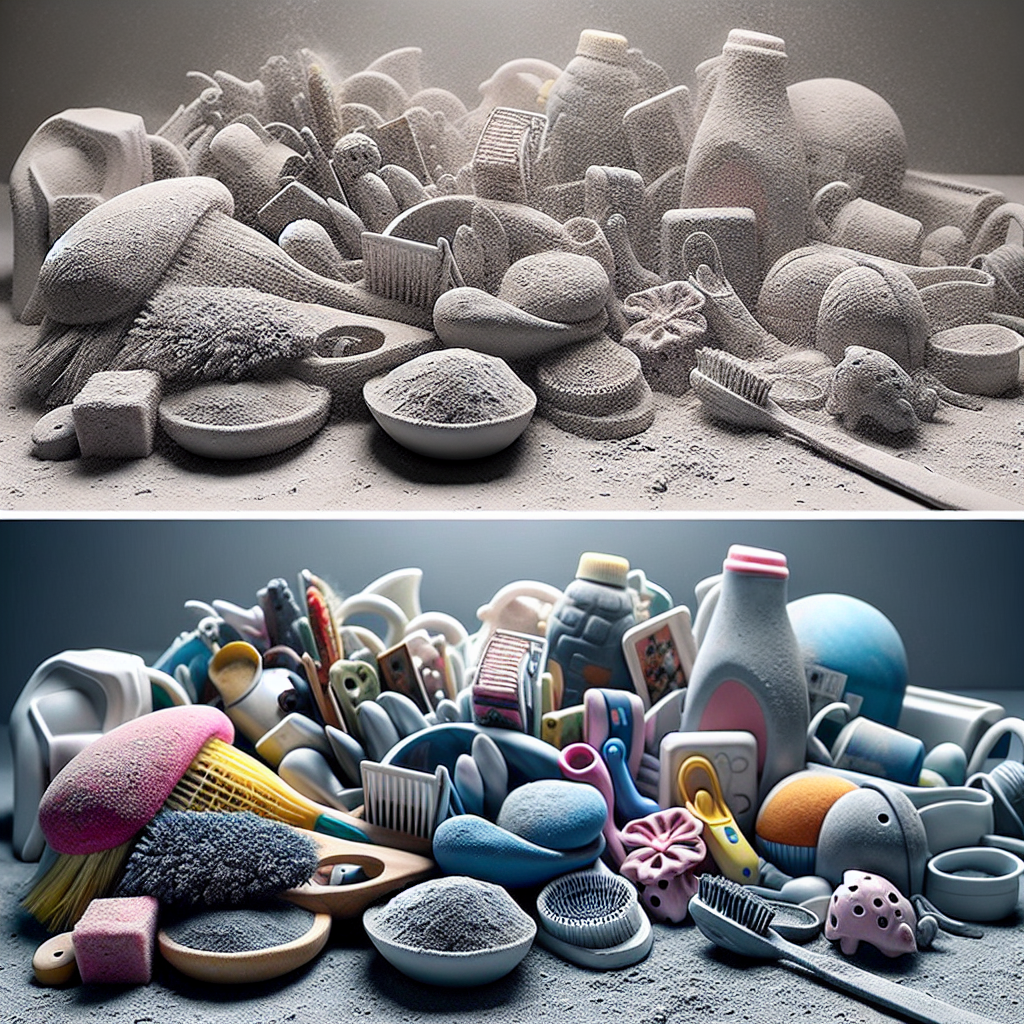
The Best Way to Remove Dust: A Comprehensive Guide to Clean, Dust-Free Living
Dust – it’s everywhere, no matter how clean we keep our homes. Whether it’s from daily activities, pet dander, or the outdoor environment, dust tends to settle on every surface. While it may seem impossible to completely eliminate, finding the best way to remove dust can help reduce its buildup and create a cleaner, more comfortable living space.
In this guide by House Cleaning Sunderland , we’ll explore effective methods to remove dust from every nook and cranny in your home. By understanding how to tackle dust in different areas and using the right techniques, you can breathe easier and enjoy a cleaner, healthier environment.
Why Does Dust Keep Coming Back?
Before we dive into how to remove dust, it’s important to understand why dust is a constant issue. Dust can come from various sources, including:
- Dead skin cells: Our bodies shed skin daily, which contributes to the dust in our homes.
- Fabric fibers: Clothes, curtains, and furniture fabric can release tiny fibers into the air, which then settle as dust.
- Pet dander: If you have pets, their hair and skin flakes can add to the dust.
- Outdoor pollutants: Pollens, dirt, and pollution from outside make their way into the home.
The key to removing dust is targeting these sources efficiently and consistently.
Best Ways to Remove Dust From Your Home
1. Start by Cleaning from the Top Down
When it comes to cleaning dust, always work from the top down. This method ensures you don’t end up re-dusting areas you’ve already cleaned. Begin with ceiling fans, light fixtures, and shelves, and work your way down to furniture, baseboards, and floors. Here’s how:
- Ceiling Fans & Light Fixtures: Use a microfiber cloth or a duster with an extendable handle to gently wipe dust off these high surfaces. For delicate fixtures, a soft cloth or a vacuum with a brush attachment works well.
- Shelves & Countertops: Dust settles on shelves and countertops, so regularly wipe them with a microfiber cloth, which traps dust particles rather than spreading them.
- Windowsills & Blinds: Don’t forget these often-neglected spots! Use a damp microfiber cloth for window sills and an extendable duster to clean blinds.
2. Use Microfiber Cloths for Dusting
One of the best ways to remove dust is by using microfiber cloths. Unlike traditional cloths, microfiber captures and holds onto dust particles, preventing them from being released back into the air. When using a microfiber cloth:
- Always dust surfaces gently in a circular motion.
- Avoid using a dry cloth for heavy dust buildup—dampening the cloth slightly will capture more particles.
- Wash cloths regularly to ensure they remain effective at trapping dust.
3. Vacuum Regularly, Especially on Upholstery and Floors
Vacuuming is a crucial part of any cleaning routine when it comes to removing dust. Not only does it clean the floors, but it also helps remove dust from furniture and other soft surfaces. To tackle dust most effectively:
- Vacuum floors at least once a week. Use the right attachment for different floor types, like a hard floor setting or a rotating brush for carpets.
- Upholstery: Use the upholstery attachment to vacuum sofas, chairs, and other furniture. Dust often settles on fabric, so vacuuming regularly is key to keeping it at bay.
- Air vents and ducts: Don’t forget to vacuum air vents, as dust often accumulates there, and it gets circulated into your home when the HVAC system is on.
4. Air Purifiers: A Powerful Tool Against Dust
For those with allergies or sensitive respiratory systems, an air purifier is one of the best ways to remove dust from the air. A HEPA air purifier can capture dust particles, along with pollen, pet dander, and other allergens. Place one or more air purifiers in high-traffic areas, such as the living room or bedroom, to reduce airborne dust. You’ll notice cleaner air and fewer dust particles settling around the house.
5. Make Sure to Change Your Bedding and Curtains Regularly
Bedding and curtains are notorious dust collectors. Regular washing can make a big difference in the amount of dust in your bedroom. Here’s how:
- Bedding: Wash sheets, pillowcases, and blankets weekly to prevent dust buildup. Consider using dust mite-proof covers on your pillows and mattress to keep dust allergens at bay.
- Curtains: Curtains tend to collect dust as they hang in the windows. Wash them every couple of months or opt for washable curtains that you can throw in the washing machine. Alternatively, use a vacuum with a brush attachment to clean curtains if they can’t be washed easily.
6. Keep Your Floors Clean with the Right Tools
Dust loves to settle on floors, especially hardwood and carpets. To effectively remove dust from floors, consider the following:
- Hardwood & Tile Floors: Use a soft broom or microfiber mop to capture dust. Avoid sweeping with a traditional broom, as it can send dust particles flying into the air.
- Carpeted Floors: Carpets trap dust, so vacuuming with a high-quality vacuum cleaner is essential. Look for a vacuum with strong suction and a HEPA filter to capture the smallest particles.
7. Keep Windows Closed on High Dust Days
While natural ventilation is important, on particularly windy days or during pollen season, it’s wise to keep windows closed. Opening windows can allow outdoor dust, pollen, and pollution to enter the home. If you must open them, using window screens can help reduce the amount of dust entering.
8. Consider an Anti-Dust Spray
Using an anti-dust spray can help keep surfaces cleaner for longer. These sprays are designed to attract and trap dust particles, keeping them from settling back onto surfaces. Simply spray on furniture, baseboards, and other frequently dusted areas for lasting results.
Bonus Tip: Use a Dehumidifier
Dust mites thrive in humid environments. If you live in a particularly damp area or during the rainy season, using a dehumidifier can help reduce humidity levels, making it harder for dust mites to flourish. Lower humidity also helps keep dust from sticking to surfaces, making it easier to clean.
